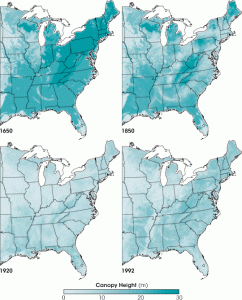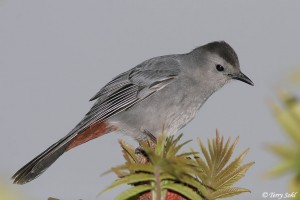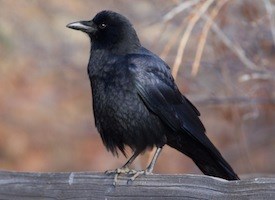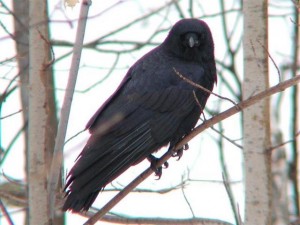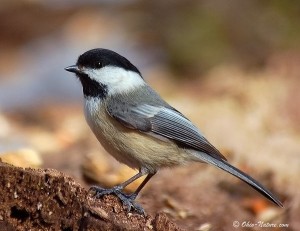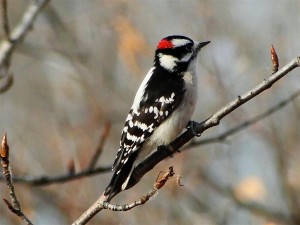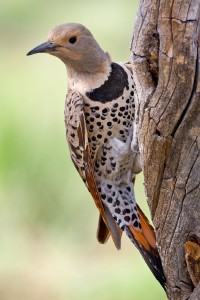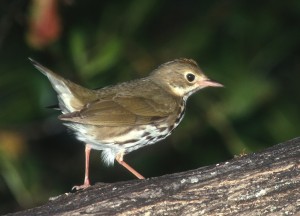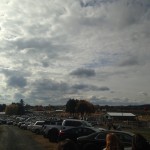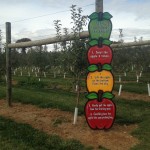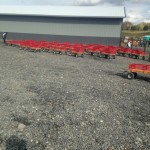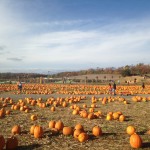The day began with me rushing around as usual. I can never be on time, without needing to run to wherever it is I’m going. I do not enjoy being early because I see being early as wasting time that could otherwise be spent doing something necessary. Being early is unnecessary. But often this leads to me cutting it close in terms of punctuality.
When I am hiking, I typically keep a slower pace. I’m in shape, I love running, and could certainly hike at a faster pace if I found that enjoyable, but I do not. I feel that I get the most out of hiking when I take my time, wander, talk with the people I’m with, and take in all that surrounds me. I enjoy hiking because it is just me, the mountain or trail, and no other commitments. Needing no watch and having no commitments, I can finally be alone with my thoughts or the people I am with. I believe that’s why I have become closest with the people in Outdoors Society. We commitment to hikes and leave everything else behind. You can focus on yourself, the people you are with, and all the sights, sounds, textures, systems, and histories of your surroundings. All too often on a college campus, there is a great lack of community despite our proximity to one another. People constantly surround us but our assignments and extracurricular activities pull us in different directions. Everyone is constantly rushing. It is exhausting for someone like me who struggles to maintain a fast pace is daily activities. I am thankful that we were able to come together as a class to make a conscious effort for connection in the Catskills. More classes should be focused on connecting to place and to one another as a community. How could we possibly neglect such connections in a learning environment? Networking is not the only form of connection we need!
My past experiences with hiking have only been limited by darkness and even in those cases our headlamp accessories reassured us. This experience was different because there was a greater time pressure due to the three-hour drive commitment. Camping in the Catskills certainly would have added to the experience!
Still, as I walked along the trail, I listened to the stories of classmates and professors. I tuned into the sounds and smells of the trail. Ginny pointed out the rhythmic chirp of a squirrel and Professor Brandes spotted a Blue Jay. I was intrigued by fellow students as they applied their lessons in Biology and Conservation bio to our surroundings. I felt truly connected to our group and to our place when we sat for lunch, sharing food, stories, and the view. I enjoy my moments of solitude and they are certainly necessary, but the feeling of connection is beautiful and a feeling for which I yearn.
I am thankful for opportunities that pull my friends and I away from this tangled conveyor belt of activity. We get caught up in work and forget about forming connections. I thank the mountains for the community they provide, for the connections I feel. I know that this feeling of connectedness shouldn’t only be felt in places of wilderness. I strive to have this feeling elsewhere and I know that we must all find ways to make deeper connections a priority (whether it is a connection to one’s self, surroundings, or other people). People must commit even when there is not a trail set for them. Wake up, you sleepers! I feel that I connect with Thoreau with this sentiment.
“It is a surprising and memorable, as well as valuable experience, to be lost in the woods any time…In our most trivial walks, we are constantly, though unconsciously, steering like pilots by certain well-known beacons and headlands, and if we go beyond our usual course we still carry in our minds the bearing of some neighboring cape; and not till we are completely lost, or turned round — for a man needs only to be turned round once with his eyes shut in this world to be lost — do we appreciate the vastness and strangeness of nature. Every man has to learn the points of compass again as often as he awakes, whether from sleep or any abstraction. Not till we are lost, in other words not till we have lost the world, do we begin to find ourselves, and realize where we are and the infinite extent of our relations” (Walden, The Village, p. ##).
“Individuals, like nations, must have suitable broad and natural boundaries, even a considerable neutral ground, between them. I have found it a singular luxury to talk across the pond to a companion on the opposite side. In my house we were so near that we could not begin to hear…but if we speak reservedly and thoughtfully, we want to be farther apart, that all animal heat and moisture may have a chance to evaporate. If we would enjoy the most intimate society with that in each of us which is without, or above, being spoken to, we must not only be silent, but commonly so far apart bodily that we cannot possibly hear each other’s voice in any case” (Walden, Vistors, p. ##)
“I had more visitors while I lived in the woods than at any other period in my life; I mean that I had some. I met several there under more favorable circumstances than I could anywhere else. But fewer came to see me on trivial business. In this respect, my company was winnowed by my mere distance from town. I had withdrawn so far within the great ocean of solitude, into which the rivers of society empty, that for the most part, so far as my needs were concerned, only the finest sediment was deposited around me. Beside, there were wafted to me evidences of unexplored and uncultivated continents on the other side” (Walden, Vistors, p. ##)
I spent a majority of the descent speaking with Ginny about the need to connect and not fall asleep on the conveyor belt (just not using those words at the time). We talked about committing a limited amount of activities on campus and setting aside the necessary personal time and time for friendship. I think of Dillard and her ability to connect with her surroundings as she describes in “Seeing” and “Living Like Weasels,” I hope I can apply this not only when I hike, but in my daily life. I had a similar discussion in my last paper on Nature as Self and Nature as Cathedral. I used Cronon’s ideas of extending spiritual connections and the cathedral concept beyond wilderness to where we live. Where is this feeling of congregation and connection at Lafayette?

